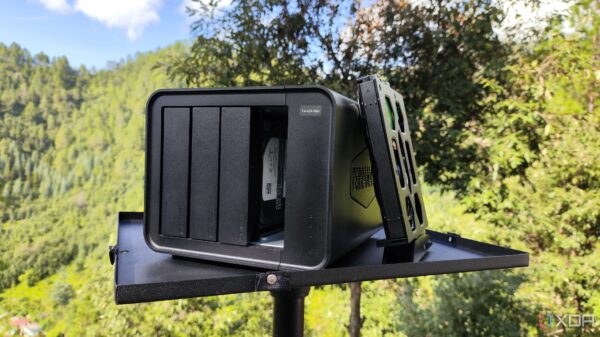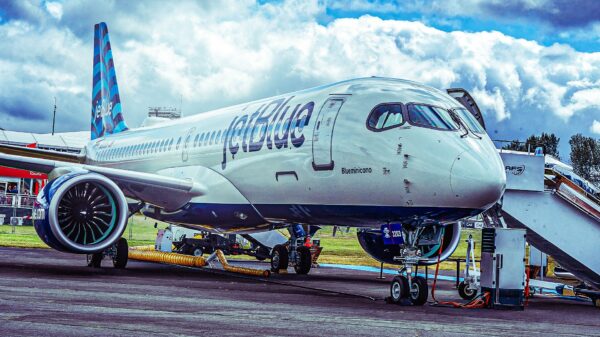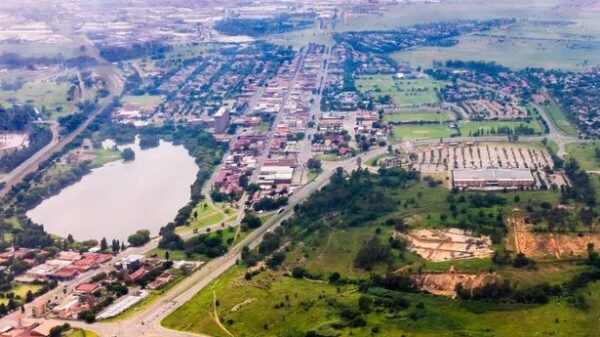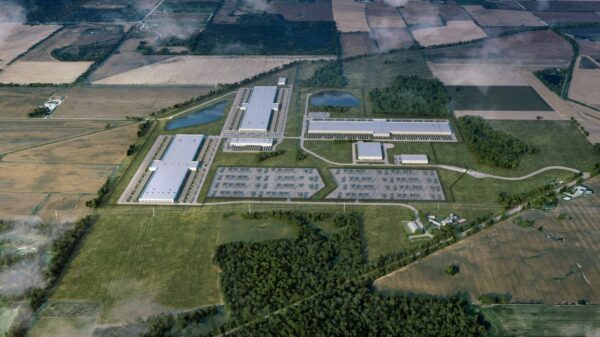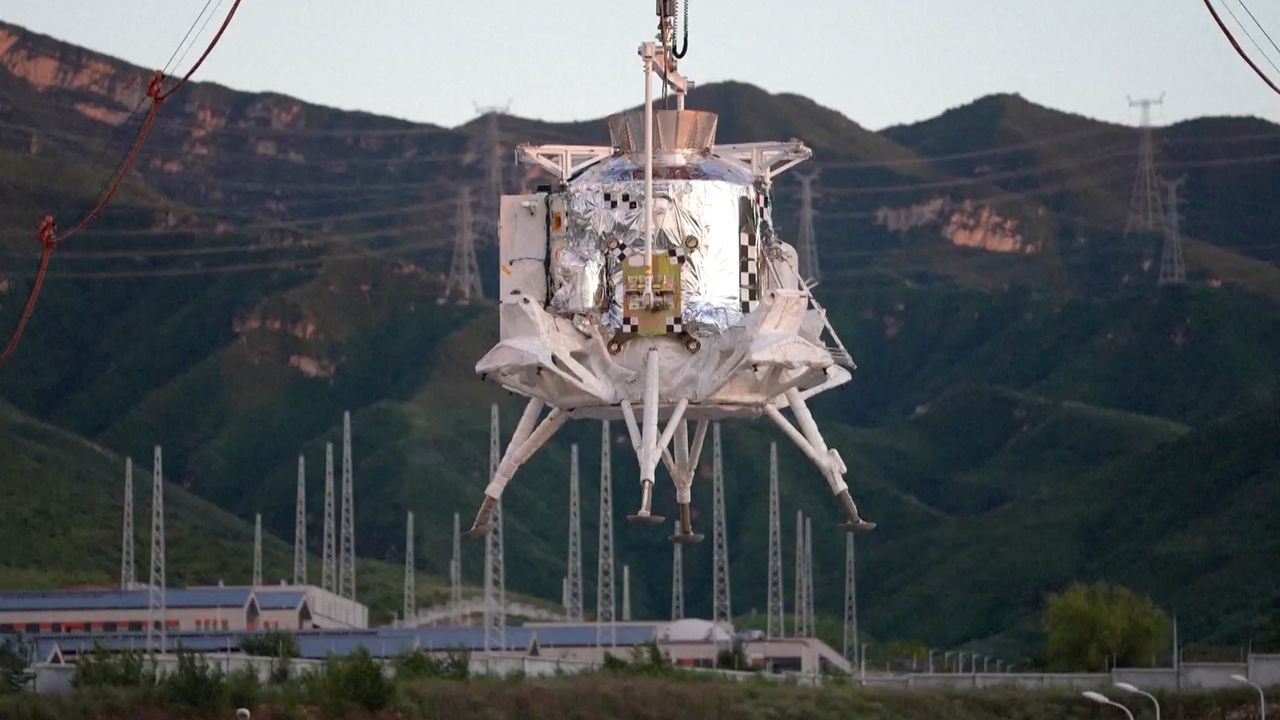China’s ambitions to send astronauts to the moon have taken a significant leap forward with successful landing and takeoff tests of its two-person lunar lander, known as Lanyue. This comprehensive verification test took place earlier this week at a specialized facility in Huailai County, located in northern China’s Hebei Province. The tests mark a critical milestone in the development of China’s lunar exploration program, which aims to achieve its first human-crewed moon mission by 2030.
Significance of the Tests
The test, completed on August 6, 2023, is notable as it represents the first time China has conducted trials for the off-Earth landing and takeoff of a crew-carrying spacecraft. According to the China Manned Space Agency (CMSA), these evaluations are essential for assessing the lander’s performance across various scenarios during the landing and ascent phases.
Huang Zhen, a representative from the China Aerospace Science and Technology Corporation (CASC), explained the importance of these tests during a broadcast on state-run China Central Television (CCTV). He stated, “For instance, during the launch phase, we need to verify its launch payload. So we conducted large-scale mechanical tests to ensure a smooth transition in the extremely complex environment during the launch.” CASC, responsible for the development and launch of the rockets and spacecraft for the China Lunar Exploration Program (CLEP), is advancing various tasks related to this ambitious project.
Emphasis on Safety and Design
The Lanyue lander is designed to carry two astronauts to the lunar surface, with additional capabilities to transport a lunar rover and scientific equipment. Safety remains the paramount concern throughout the design and testing process. Huang emphasized that the lander includes multiple engines arranged in a redundant configuration, which allows for safe return to lunar orbit, even if one engine fails. He remarked, “In the event of a failure of any single engine, the remaining engines can safely bring the astronauts back to the lunar orbit, enabling them to return home on Earth.”
During the recent tests, the engines of the lander were ignited to simulate both lunar landing and takeoff. This stage confirmed the functionality of the lander’s landing and takeoff systems, control plans, and the compatibility of subsystems, including guidance, navigation, and propulsion. CCTV reported that these tests validated critical operational parameters for the mission.
Weight management is another crucial factor in the design of the Lanyue lander. Huang highlighted the importance of ensuring a smooth landing experience for astronauts. “For our manned space missions, we must ensure that astronauts land on the lunar surface very comfortably and smoothly, which necessitates high standards for the lander’s cushioning and landing performance,” he stated. The lander is equipped with four landing legs designed to provide excellent cushioning during descent.
Huang also pointed out the significant design challenges posed by the lander’s multifunctional role. “Every bit of weight has to play a role in several functions, so we have to achieve the ultimate in integrated design and lightweight construction,” he explained. The design team has employed various methods to minimize weight while maintaining functionality, achieving an innovative design within stringent weight constraints.
As China progresses toward its goal of a crewed lunar mission, the success of these tests underscores the nation’s determination in advancing its space exploration capabilities. With the Lanyue lander at the forefront of this initiative, China is poised to make significant strides in its lunar exploration endeavors in the coming years.






